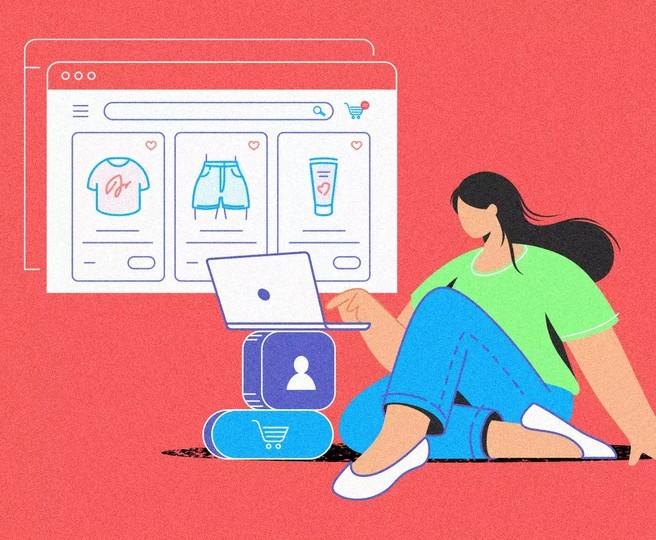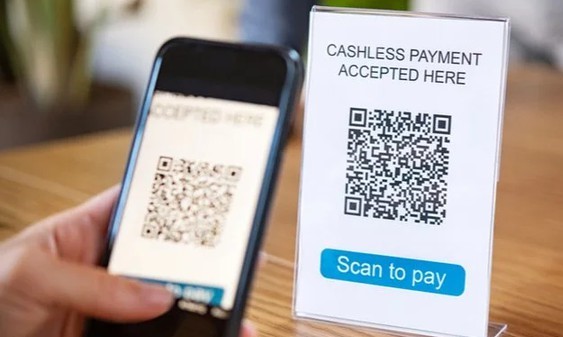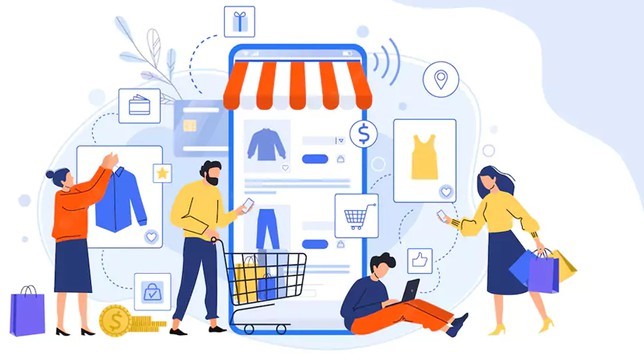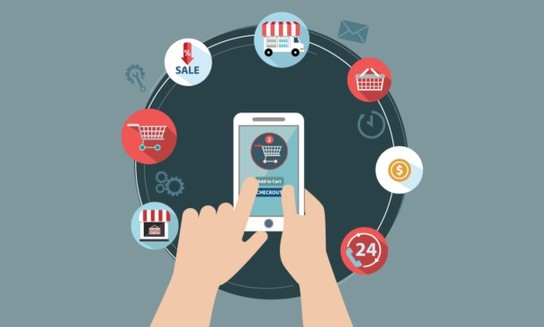Introduction
The COVID-19 pandemic has changed our lives in many ways, especially how we shop. People are now turning to online shopping more than ever before. It’s crucial to understand how this shift affects businesses and consumers. Studying the pandemic’s impact on online shopping trends helps us see how businesses can adapt and how consumers can benefit. This case study explores these changes and their implications, showing us the importance of embracing digital transformation in a post-pandemic world. By learning from this shift, businesses can better serve their customers and thrive in the evolving landscape of online shopping.

Pre-Pandemic Online Shopping Landscape
Before the pandemic, online shopping was steadily growing, with e-commerce playing an increasingly vital role in retail. Consumers were embracing the convenience and accessibility of online shopping, leading to a rise in its popularity. The e-commerce landscape was evolving, with more people turning to online platforms for a variety of products and services. This shift was driven by factors like the rise of digital technologies, changing consumer preferences, and the ease of shopping from the comfort of one’s home. Overall, online shopping was becoming a significant part of the retail industry, setting the stage for further growth and digital transformation.

The Rapis Surge in Online Shoping
During the pandemic, people had to stay home because of lockdowns and social distancing. This made them rely more on online shopping for their needs. Safety concerns also played a big role in this shift. As a result, there was a sudden increase in the demand for online shopping platforms. People wanted to buy things without going to physical stores to stay safe. This surge in online shopping was a direct response to the challenges posed by the pandemic, showing how quickly people adapted to new ways of shopping to protect themselves and their families.
Categories and Products Affected:
During the COVID-19 pandemic, online shopping saw a surge in demand, especially for groceries, home office supplies, health-related items, and entertainment products. This shift highlighted the importance of e-commerce in providing a safe and convenient shopping experience during the pandemic. Businesses in these categories experienced record-level sales as they adapted to meet the increased demand online. The impact of COVID-19 accelerated the digital transformation of shopping habits, emphasizing the significance of online platforms in meeting consumer needs during challenging times.
E-Commerce Platform Adaptation

Contactless Payments and Delivery
The pandemic accelerated the adoption of contactless payments and delivery options for safety. Curbside pickup, no-contact delivery, and digital wallets became popular. These options transformed the shopping experience, offering convenience, speed, and reduced physical interaction. Consumers appreciated the safety and ease, leading to a permanent shift in payment and delivery preferences.

Impact on Physical Rentailers
Brick-and-mortar retailers faced tough times during COVID. Many tried to move online to survive. Some embraced omnichannel – combining physical stores with online platforms. This let them provide a smooth shopping experience for customers. It was a challenging but necessary pivot for many retailers to adapt to the pandemic’s impact.

Behavioural Shifts and Digital Habits
The pandemic changed how people shop. It made many appreciate online shopping more and get used to digital ways of buying things. These changes might stick around even after the pandemic ends. People have found online shopping convenient and safe, so they might keep using it. This shift in behavior could mean that businesses need to focus more on their online presence and make sure they offer a good digital shopping experience to keep up with what consumers now prefer.

Small Business and Local E-commerce
The pandemic has had a significant impact on small businesses, forcing them to adapt quickly to the surge in online shopping. Many local businesses have created their own e-commerce websites, leveraged social media platforms, and joined online marketplaces to reach customers digitally. This shift has been crucial for their survival, as foot traffic to physical stores has declined.Community support has also played a vital role in sustaining local businesses during this challenging time. Neighbors, community organizations, and local initiatives have rallied to support small businesses, whether through online orders, gift card purchases, or spreading the word on social media. This outpouring of community spirit has been a lifeline for many local businesses struggling to stay afloat.
Challenges in Fulfilment and Logistics
Online retailers faced challenges managing high order volumes, meeting delivery deadlines, and overcoming logistical hurdles during the pandemic. Innovations like automated order processing and partnerships with logistics companies helped address these issues. By streamlining operations and improving coordination, retailers coped with the surge in demand and ensured timely deliveries. Collaboration with third-party providers and implementing efficient fulfillment strategies were key in navigating the complexities of increased online shopping. These adaptations not only enhanced customer satisfaction but also strengthened the resilience of online retail businesses in the face of unprecedented challenges.
Consumer Trust and Data Privacy
During the pandemic, more people shopped online, but this raised worries about data privacy, cyber attacks, and scams. It’s crucial to build trust with consumers in the online shopping world. Protecting personal information, ensuring secure transactions, and being transparent about data practices are key to earning and maintaining trust. By prioritizing data security and privacy, businesses can reassure customers and create a safe digital shopping environment. Trust is the foundation of successful online shopping experiences, and maintaining it is essential for long-term customer relationships and business growth.

Post-Pandemic Outlook and Hybrid Shopping
The post-pandemic outlook for online shopping is positive, with experts predicting sustained growth in the sector. A hybrid shopping model, where consumers blend online and offline experiences, is likely to emerge. Retailers will offer a seamless omnichannel experience that caters to evolving consumer needs and preferences. Consumers will continue to shop across multiple channels, with online shopping remaining popular but in-store shopping still in demand. Curbside pickup, in-store pickup, and in-store shopping will be preferred fulfillment options. Generational differences will persist, with younger consumers shopping online more frequently. Retailers must adapt to this new reality by providing more options and understanding their evolving customer base across channels to gain market share.

Innovations in Virtual Shopping
The pandemic has led to the rise of virtual shopping experiences, such as virtual try-ons, augmented reality shopping, and virtual showrooms. These innovations allow customers to interact with products in a more immersive way, even when shopping online.Virtual try- ons let you see how clothes or accessories would look on you before buying. Augmented reality shopping overlays digital products onto your real-world environment, so you can visualize how they’d fit in your space. Virtual showrooms create 3D models of stores, so you can browse and explore products just like in- person.These innovations make online shopping more engaging and personalized. They help bridge the gap between digital and physical shopping experiences, which is especially important during the pandemic. As virtual shopping tech continues to advance, it will likely become an increasingly common part of the future of retail.

Conclusion
The COVID-19 pandemic has had a huge impact on online shopping. It made people shop more online because of lockdowns and safety concerns. E-commerce grew a lot during this time. Businesses learned some important lessons:They need to adapt quickly to changes in consumer behaviour
- Investing in online platforms and delivery options is crucial
- Providing a seamless shopping experience across all channels is key
- Building consumer trust through data privacy and transparency is important
Building consumer trust through data privacy and transparency is important



